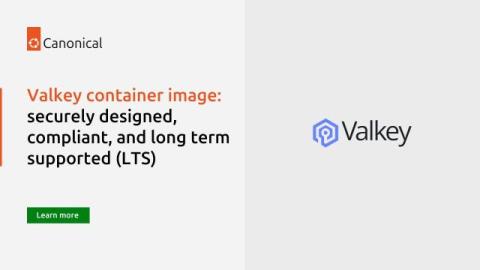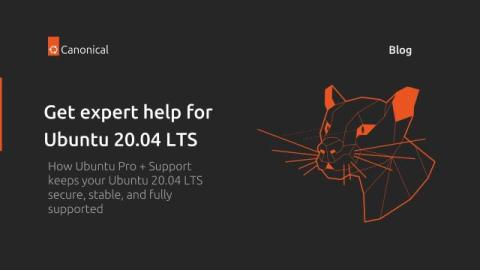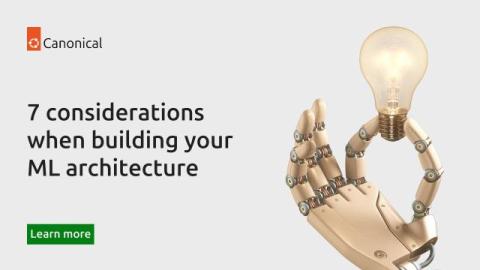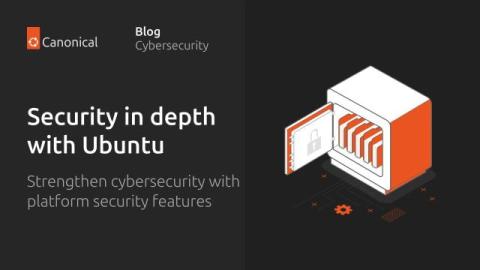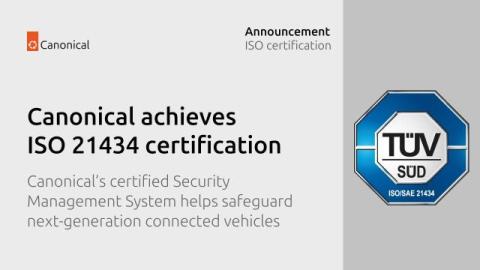How to conduct a vulnerability assessment
The realm of information security is fraught with jargon, as anyone who has come across vulnerability-related terms can tell you. To complicate matters further, some of these terms are used interchangeably or in contexts outside of computing. This can muddy the waters for people looking to learn about vulnerability assessments – so in this blog we’ll begin by demystifying the language, before delving into how you can perform vulnerability assessments on Ubuntu installations.




